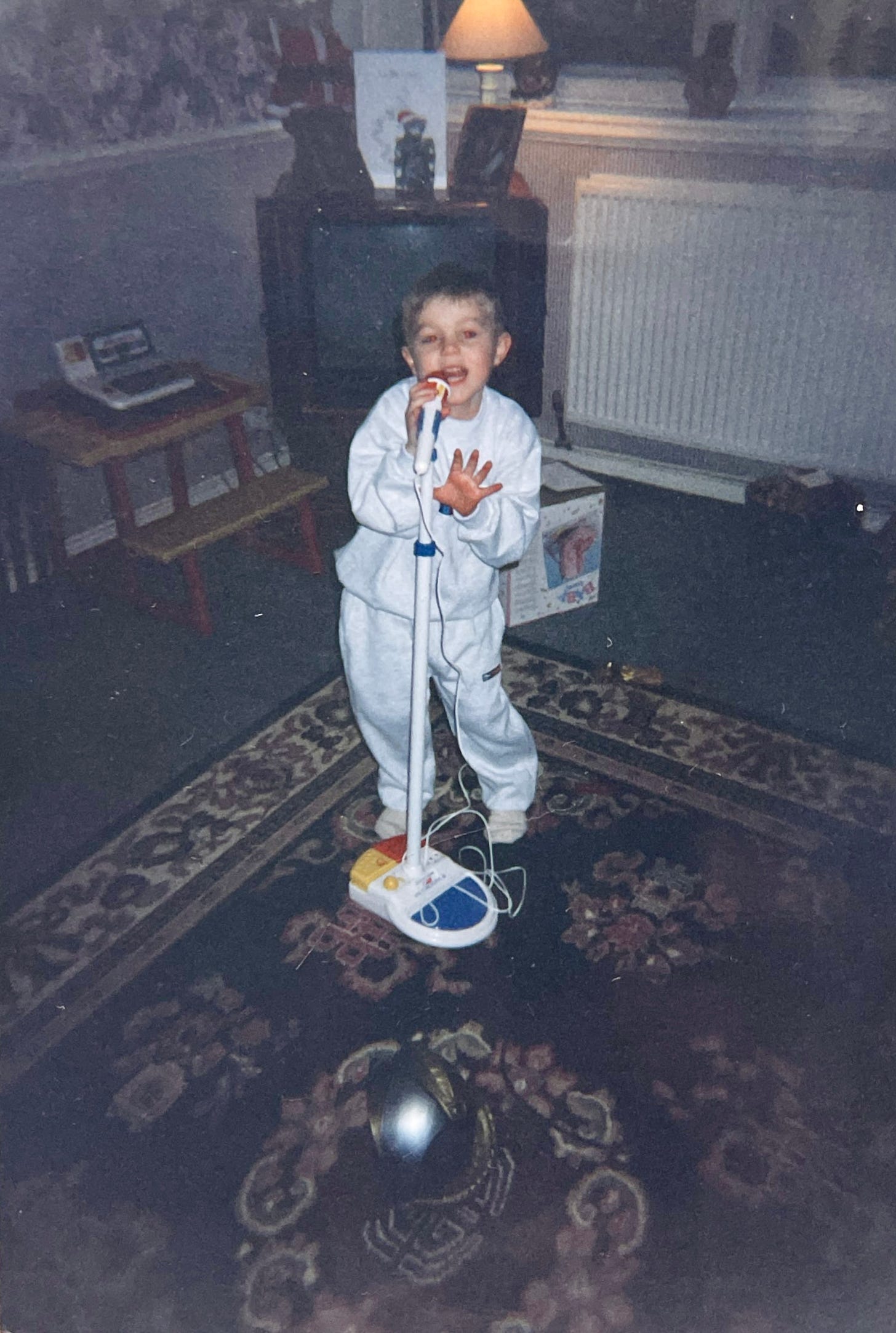For the little boy that would spin around fanatically to the intoxicating soundscapes of Beyoncè and Destiny’s Child, going to The Renaissance World Tour is an overwhelming and nostalgic experience.
At eight years old, I would lock myself in my room, earphones plugged into my blue iPod Nano and spin myself around repeatedly, enraptured by the percussive sounds and sublime voices of Pop’s greatest hits. A child of MTV and music video-mania, I would imagine myself at my very own show, adored by thousands of fans, clad in the most extravagant outfits: a powerful dexterity to dance and sing that could only be achieved, with such prowess, by Queen Bey herself.
I grew out of my spinning at some point, aware that it was a quirk that others might find weird and alienating. There’s nothing worse than feeling alone in your weirdness as a child - particularly as someone already aware of the nascent pangs of their pre-pubescent Queerness. Still, as an adult, the urge to reimagine and self-ideate remains a powerful energy within me. On Saturday mornings I’ll strut across my tiny studio flat, music at full volume, hair whipping like Yugio’s Sherry Le Blanc, drunk on the visualisation of being something more, being somewhere else.
For Queer people, the urge to transcend and escape one’s immediate reality manifests itself in the invention of both tangible and metaphysical utopias - imaginary sites where one’s self-concept can metamorphose.
‘ANOINTED IS THE FLOOR WHERE ALL ARE FREE’.
Here, in this impenetrable, metaphysical fantasia, a second birth takes place. A psychic emancipation of something lost but never forgotten.
‘MY RENAISSANCE,
MY HOUSE OF CHROME
WHERE I AM REBORN
WHERE YOU AT?’
***
Twenty minutes into the Renaissance World Tour, during Princess Loko’s galvanising mantra ‘Please, Motherfuckers ain't stopping me’ Beyoncé descends from a Fritz Lang-inspired body plate in a silver Corréges cut-out body suit to welcome her adoring, fever-pitch fans to ‘The Renaissance’.
‘WELCOME TO THE RENAISSANCE’.
My body, a chaotic butterfly house, jitters with adrenaline; my inner child summoned to the surface for his royal renaissance.
Forever the Queen of intentionality, Beyonce’s choice to nominalise the word ‘Renaissance’ is no act of randomness. When she welcomes us to ‘THE Renaissance’ she is not merely ushering us into the start of a 3-hour musical odyssey, but rather corralling us, ceremoniously, to join her in her pursuit to give new life to historically overlooked black sounds.
‘The Renaissance’ is a re-appreciation of forgotten soundscapes; a spectacular re-imagining of those underground club spaces that, in the 70s 80s and 90s, permitted a near magical sense of shared liberation, created by and for the marginalised communities of New York, Chicago, Detroit and so on.
Shrouded in a chrysalis of undulating smoke and backed by rollercoaster-ride visuals through a vertiginous chrome netherworld (designed by Frederick Heyman and directed by Andrew Makadsi), Beyonce travels through ‘realms of space and time’, unbound by time’s perceived linearity, to invoke the genesis of house and dance music.
‘I FIND THE MECCA, CHICAGO, ATL AND NYC
/ MOTOR CITY OPULENCE,
HOUSE, THESE GRITTY BEATS’.
The vision statement of ‘The Renaissance’ is clear.
Here, in Beyoncé’s very own House of Chrome, we are invited to experience the rebirth of black and queer sounds that have been historically overlooked in mass culture. Through the trussed rabbit hole of Beyonce’s gigantic chrome vagina (yes! you read that right) we plummet into a space - neither here, nor there - where we are permitted to indulge in a carnivalesque, untethered sense of self - an ‘unmasking and disclosing of unvarnished truth’.
As a living embodiment of music’s most excellent predecessors - Prince, Tina Turner, Donna Summer, Michael and Janet Jackson, and many more - Beyoncé’s inclusion of Queer sounds and imagery feels fitting, given her robust academic interest in the history of American music.
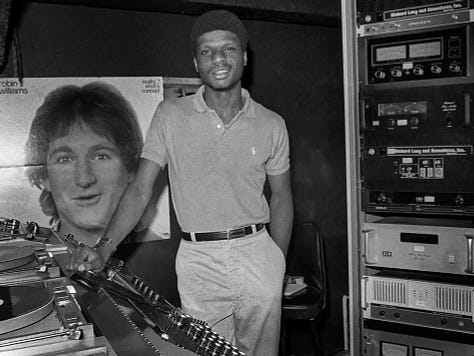
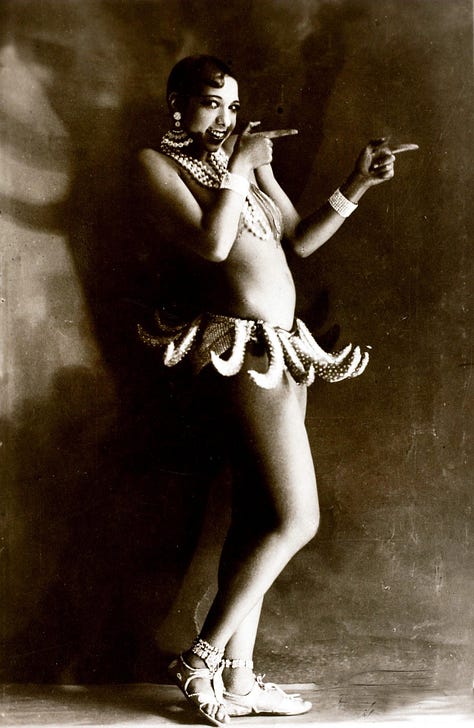


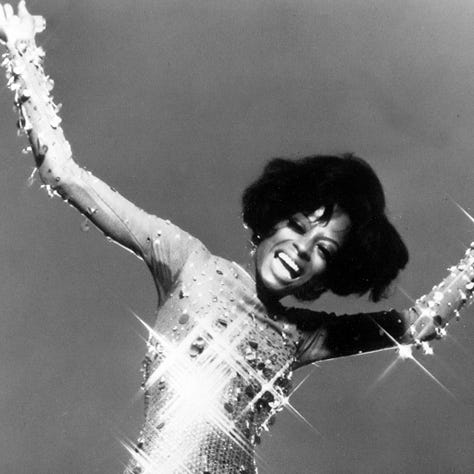
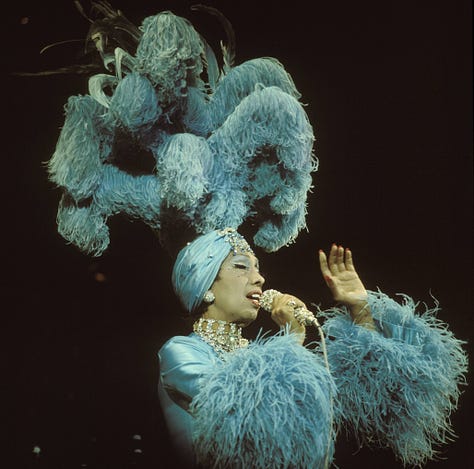
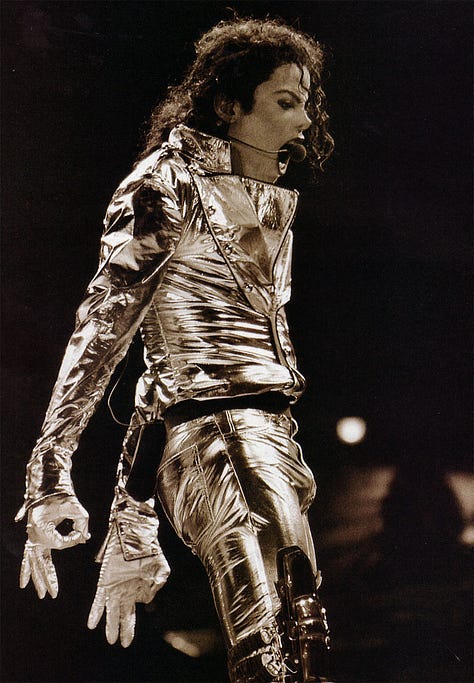


In her book, Liner Notes for the Revolution, Black Feminist Daphne A. Brooks describes Beyoncé as a ‘sonic archivist’ -
‘the one who banana dances to the beat of Josephine, the one who does it proud Mary style like electric Tina, the one who drops the stank funk like Betty in a Spy movie send-up, the one who gives good glam as the supreme Lady D, and the one who is our ride or die chick Etta at Chess Records’.
In a career that spans almost three decades, Beyoncé has catalogued and incorporated so many nuances of the Black American songbook, standing on the shoulders of giants like Sister Rosetta Tharpe, Josephine Baker, Grace Jones, Diana Ross, Tina Turner, Prince and of course Michael Jackson.
‘The Renaissance’ then, is the natural evolution of Beyoncé’s propensity for archivalism: a polyphonic ode to the forefathers (and mothers!) of dance music that sought the clandestine lofts and underground bars of New York City and beyond to drown in the ultimate, elixir-like tonic of unapologetic, undiluted self-expression.
Worlds apart from black pioneers like Frankie Knuckles, David Mancuso, Larry Levan and Kevin Aviance, I am nonetheless drawn by this grand invocation to acknowledge my inner ‘Alien Superstar’ and enter a metaphysical space that grants me the liberty to indulge in my wildest fantasies.
While I cannot personally speak about the validity or authenticity of Beyonce’s claim in telling the story of House and Dance music’s inception, I do know that Beyoncé is, and has always been, adored by Queer people worldwide.
A true paradigm of powerful femininity and an unconquerable performance craft, Beyoncé is the phantasmagorical diva incarnate that exists in all of our collective Queer fantasies - a point that Matthew Todd eloquently elaborates in his book Straight Jacket when he talks about queer people’s relationship to fantasy, and by extension, the omnipotent Diva figure.
From album to album, Beyoncé reimagines herself in a new guise - allowing us all to play dress up and embody each incarnation with reckless abandon.
It is precisely in this rebirth of self - the deliverance of this super-Saiyan version of ourselves accessed through great music and extravagant visuals - that becomes the true objective of ‘The Renaissance’. Beyoncé wants us to take up space, and in particular, she wants her ride-or-die fan base of black Queer admirers to feel acknowledged and incorporated into, what seems to be, a life-long project of historicizing black entertainment. In doing so, she allows her fans to imagine a new reality for themselves.
When asked by a placard-holding fan ‘Where are the visuals?’ Beyoncé jokingly responded with ‘YOU are the visuals baby!’. Regardless of whether the visuals exist or not, it’s clear that Beyoncé wants to reinvent her typical album rollout by encouraging her fans to create their interpretation of the music, one that is unbeholden to her specific live experiences and imagination.
Since Renaissance was released on the 29th of July 2022, we have witnessed a mass return to the dance floor. Across the world, squadrons of chrome-clad Queers have climbed out of the post-covid fissures to ‘release their anger [and] wiggle’ upon the world. The need to create a safe space where authenticity can thrive is something that all Queer people have in common, irrespective of race, gender, religion and so forth, and Beyoncé, among many other wonderful human beings, is part of this much bigger picture.
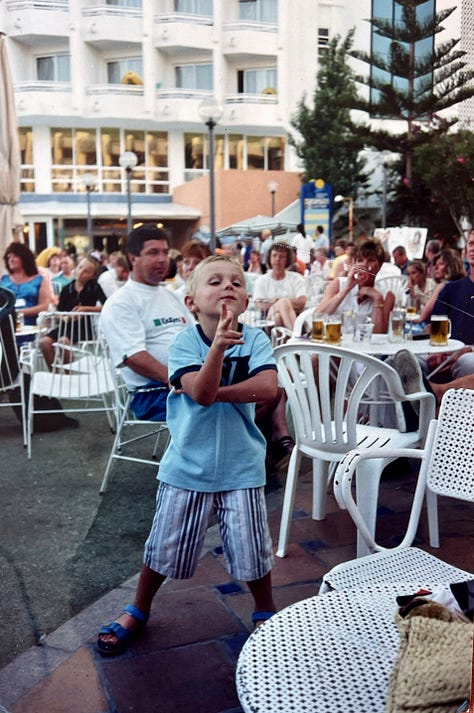
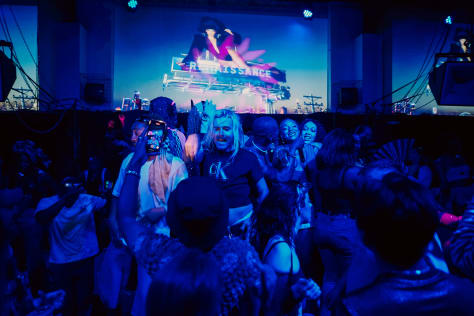
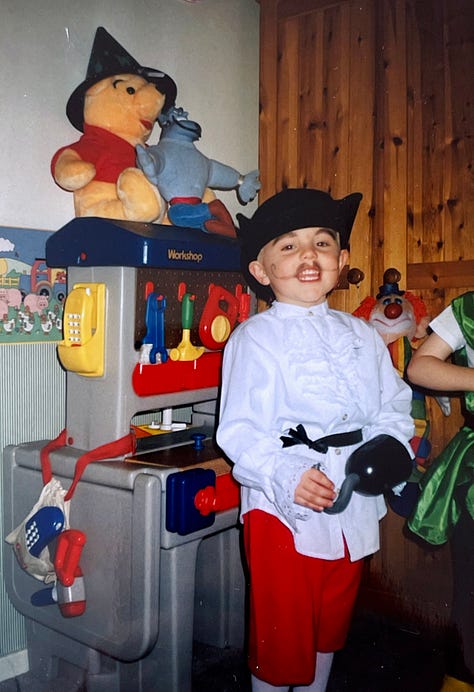
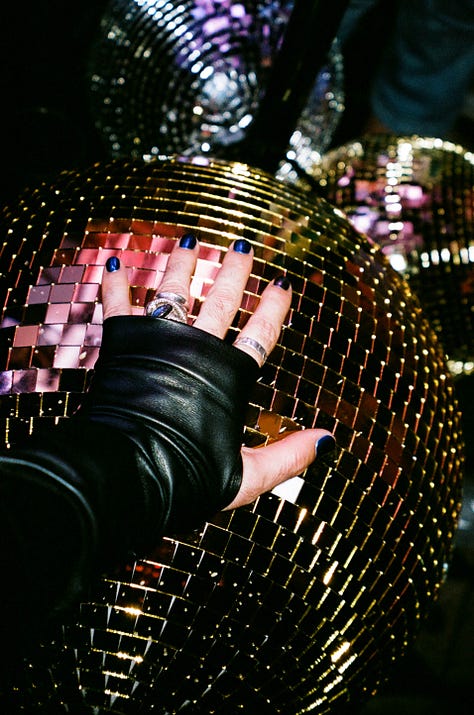
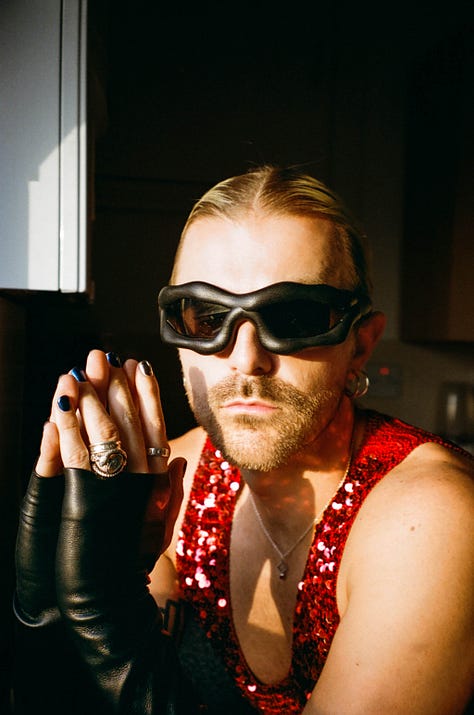
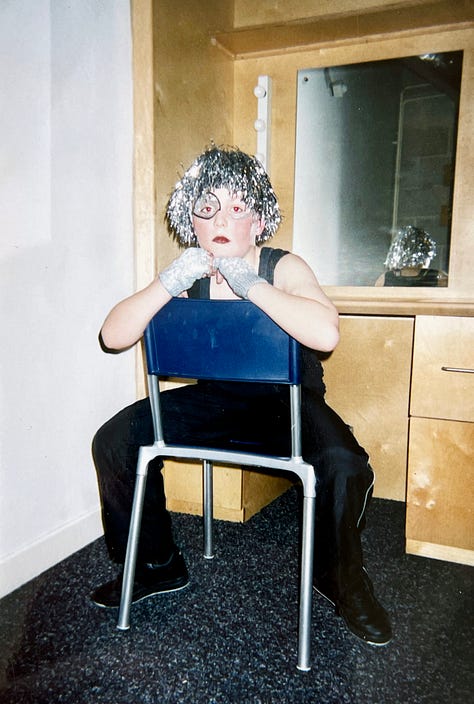
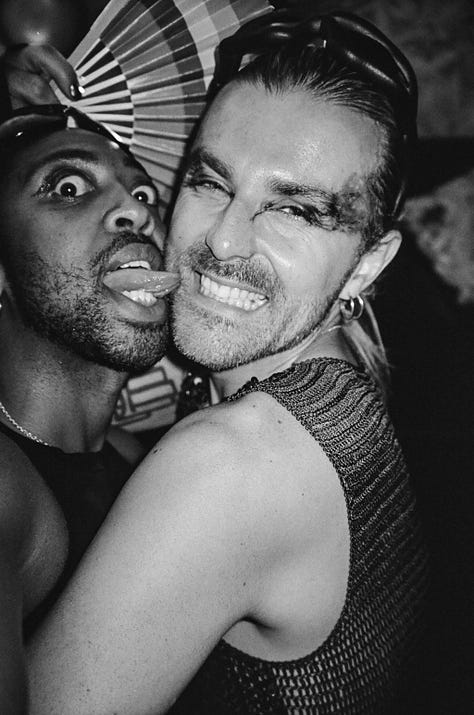
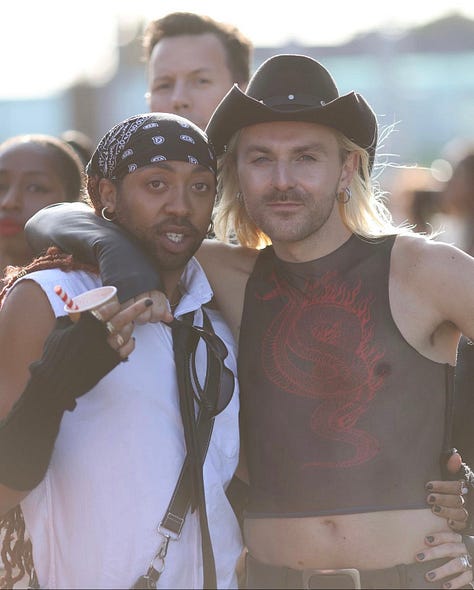

As someone who came out fairly late and grappled with their sexuality for most of their twenties, it’s exciting to know that, at thirty one years old, there’s still enormous potential for play, experimentation and reinvention. When I listen to Renaissance, I feel like I am tapping into a fearless and adventurous younger self; one that hadn’t yet quite understood the limiting narratives of the world and its myopic categorisation of identity.
At Club Renaissance, among ecstatic individuals, ‘too classy’ for this restrictive, soul-destroying world, I feel at home in my second adolescence - something akin to that whirling, electrifying sensation I would experience when I would spin as a child, imagining new realities.
As Beyonce ascends into the air at the end of the show: atop the emblematic mirror-ball horse, clad in a custom Coperni Cape, I feel excited for myself; exulting in the sheer brilliance of my potential and future.
‘COMFORTABLE IN MY SKIN.
COSY WITH WHO I AM’.
An endless fountain of imagination and reinvention.


